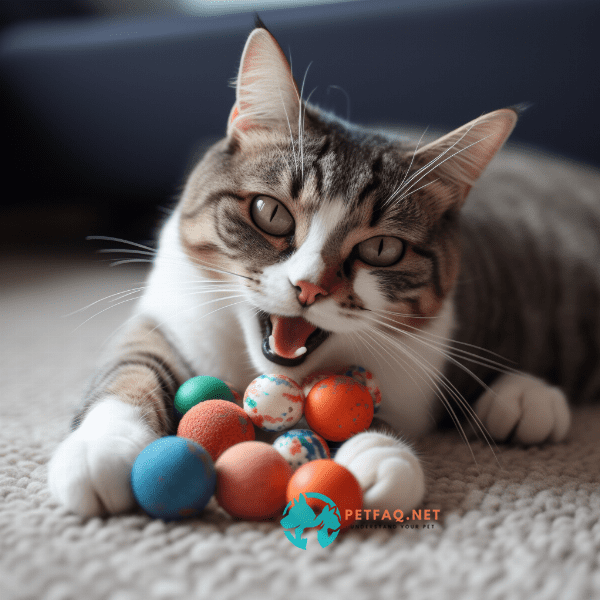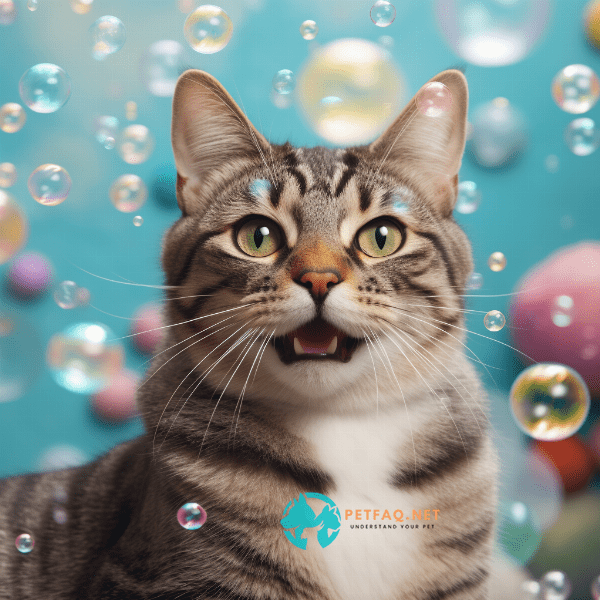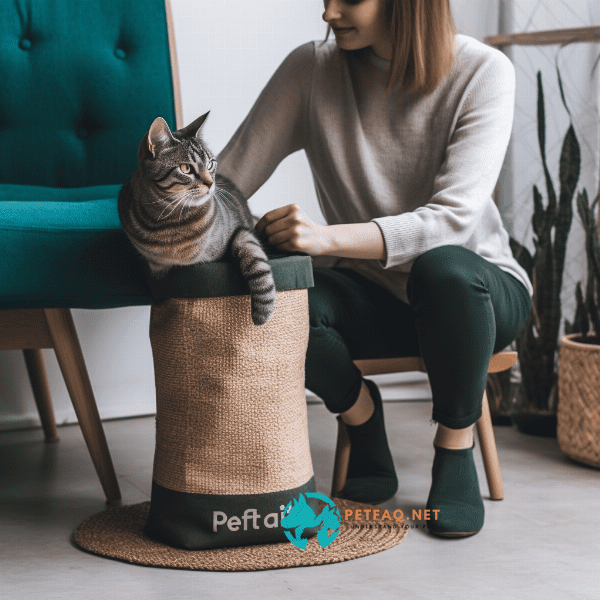Table of Contents
- Introduction: Understanding Catnip and Its Effects on Cats
- The Science of Catnip: How it Affects Feline Behavior and Health
- Common Catnip Behaviors: Rolling, Rubbing, and Chewing
- Do Cats Eat Catnip Debunking the Myth
- Potential Risks of Overexposure to Catnip
- Alternative Treats and Toys for Your Feline Friend
- Conclusion: Understanding Your Cat’s Relationship with Catnip
Introduction: Understanding Catnip and Its Effects on Cats
If you’re a cat owner or simply a feline enthusiast, you might have heard about catnip and its unique effects on cats. This plant, also known as Nepeta cataria, contains a substance called nepetalactone, which can trigger a range of reactions in felines.
The Fascinating World of Catnip
Catnip is a perennial herb that is native to Europe and Asia, but it can now be found all over the world. The plant produces fragrant, heart-shaped leaves and small, white or lavender flowers that bloom in the summer. When cats smell or consume catnip, they often exhibit a range of behaviors, including rolling, rubbing, and meowing.
The Effects of Catnip on Cats
Catnip is not a drug, nor is it addictive, but it can certainly have a powerful effect on cats. When cats smell or consume catnip, it can trigger a range of behaviors that vary from cat to cat. Some cats may become more playful and energetic, while others may become more relaxed and calm. However, not all cats are affected by catnip in the same way, and some may not respond to it at all.
Debunking the Myth: Do Cats Really Eat Catnip
There is a common misconception that cats eat catnip, but this is not entirely true. While some cats may ingest small amounts of catnip, most cats do not eat it in large quantities. Instead, they tend to sniff or lick the leaves, which can stimulate the sensory receptors in their nose and mouth.
In the following sections, we’ll explore the fascinating world of catnip and its effects on feline behavior and health. We’ll also discuss some of the potential risks of overexposure to catnip and alternative treats and toys for your feline friend.
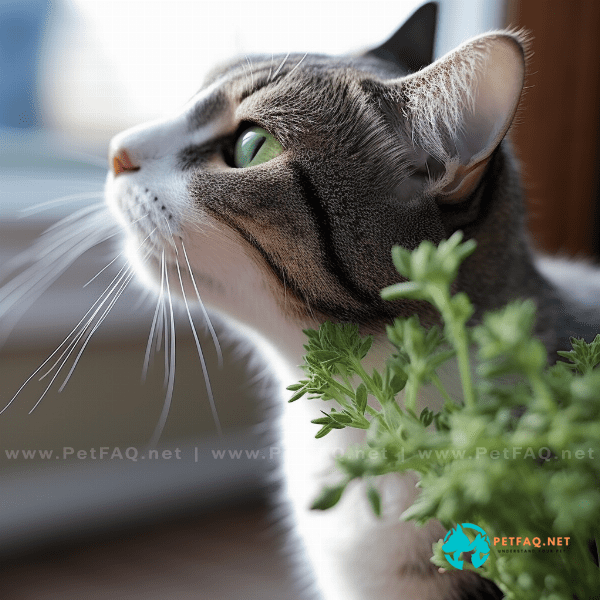
The Science of Catnip: How it Affects Feline Behavior and Health
While catnip’s effects on cats have been known for centuries, it wasn’t until the 20th century that scientists began to study the plant’s active ingredient, nepetalactone, and its effects on feline behavior and health.
The Chemistry of Catnip
Nepetalactone is a volatile oil that is found in the leaves and stems of the catnip plant. When cats smell or consume catnip, the nepetalactone enters their nasal passages and binds to the olfactory receptors, which triggers a series of neural and behavioral responses.
How Catnip Affects Feline Behavior
When cats smell or consume catnip, it can cause a range of behaviors, including rolling, rubbing, and vocalization. These behaviors are thought to be a result of the nepetalactone’s effects on the brain, particularly the hypothalamus and amygdala, which are responsible for regulating emotions and behavior.
While catnip’s effects on cats can be unpredictable and vary from cat to cat, it is generally considered safe and non-toxic.
The Health Benefits of Catnip
In addition to its effects on behavior, catnip has also been used for medicinal purposes for centuries. It has been traditionally used to treat a range of ailments, including digestive issues, anxiety, and insomnia.
However, while catnip has been used for medicinal purposes, it is important to note that there is limited scientific research on its efficacy and safety for treating these conditions in cats.
Do Cats Eat Catnip for Its Health Benefits
In the next section, we’ll explore common catnip behaviors and what they can tell us about our feline friends.
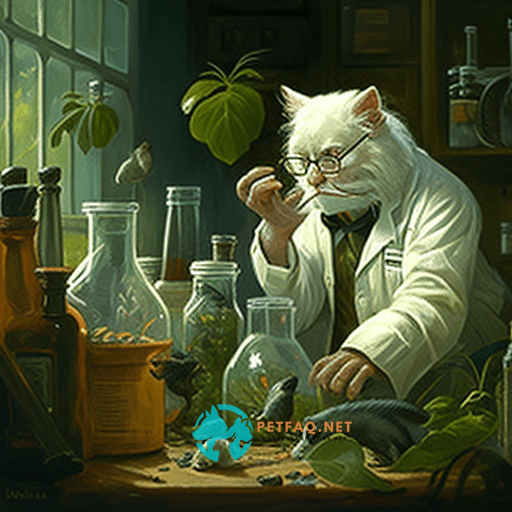
Common Catnip Behaviors: Rolling, Rubbing, and Chewing
As we’ve discussed, when cats are exposed to catnip, they can exhibit a range of behaviors. In this section, we’ll explore some of the most common catnip behaviors and what they can tell us about our feline friends.
Rolling
One of the most common catnip behaviors is rolling. When cats are exposed to catnip, they may roll around on the ground or floor, seemingly in a state of bliss. This behavior is thought to be a result of the nepetalactone’s effects on the brain’s pleasure centers.
Rolling can also be a way for cats to transfer the catnip’s scent onto their fur, which can enhance the sensory experience for them.
Rubbing
Another common catnip behavior is rubbing. Cats may rub their faces, heads, and bodies against catnip plants, toys, or other objects. This behavior is thought to be a way for cats to mark their territory and leave their scent on objects.
Rubbing can also be a way for cats to enhance the sensory experience of catnip by spreading the nepetalactone’s scent on their fur and skin.
Chewing
While most cats do not eat catnip in large quantities, some may chew on the leaves or stems. Chewing can release more of the nepetalactone’s scent, which can enhance the sensory experience for cats.
Chewing on catnip may also be a way for cats to alleviate stress and anxiety, similar to how some humans use chewing gum or other oral fixations.
Understanding Your Cat’s Relationship with Catnip
While catnip behaviors can be amusing and entertaining to observe, they can also tell us a lot about our cats’ personalities and preferences. Some cats may be more sensitive to catnip than others, and some may not respond to it at all.
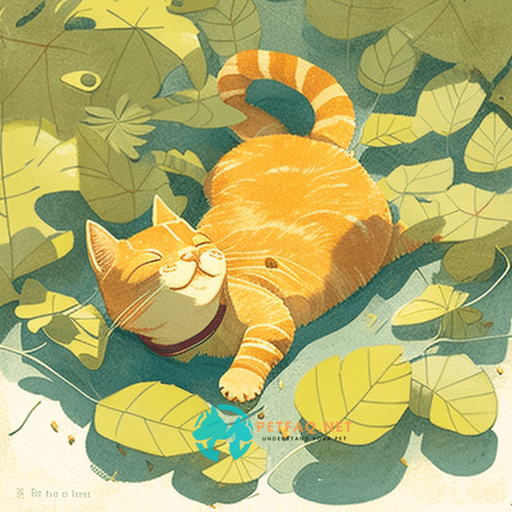
Do Cats Eat Catnip Debunking the Myth
As we’ve discussed, catnip can have a range of effects on cats, from triggering playful behaviors to inducing a sense of relaxation. However, there is a common misconception that cats eat catnip, but this is not entirely true.
The Truth About Cats and Catnip
While some cats may ingest small amounts of catnip, it is not a significant part of their diet, and it is not essential for their health and well-being. Most cats simply enjoy the sensory experience of smelling or licking catnip.
However, it is important to note that some cats may have adverse reactions to catnip, such as vomiting or diarrhea, if they ingest too much of it. Therefore, it’s important to monitor your cat’s exposure to catnip and ensure they do not consume too much of it.
Potential Risks of Overexposure to Catnip
While catnip is generally considered safe for cats, overexposure can lead to potential health risks. Some cats may become overstimulated or agitated if they are exposed to too much catnip. In extreme cases, overexposure to catnip can lead to more serious health problems, such as seizures or respiratory issues.
Alternative Treats and Toys for Your Feline Friend
If you’re concerned about the potential risks of catnip or your cat simply does not respond to it, there are plenty of alternative treats and toys that you can offer your feline friend. Some cats enjoy treats that are high in protein, such as freeze-dried chicken or salmon, while others prefer toys that simulate hunting behaviors, such as feather wands or interactive puzzles.
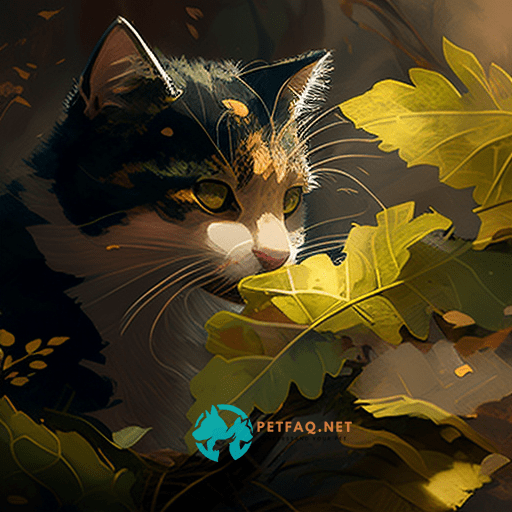 Do cats eat catnip Debunking the Myth”>
Do cats eat catnip Debunking the Myth”>Potential Risks of Overexposure to Catnip
While catnip is generally considered safe for cats, overexposure can lead to potential health risks. In this section, we’ll explore some of the potential risks of overexposure to catnip and how to use it safely with your feline friend.
Behavioral Risks
If your cat is exposed to too much catnip, they may become overstimulated or agitated. This can lead to behaviors such as scratching, biting, or aggressive play. In extreme cases, overexposure to catnip can also lead to anxiety or panic attacks in cats.
Digestive Risks
Some cats may have adverse reactions to catnip if they ingest too much of it. Ingesting large quantities of catnip can cause digestive problems such as vomiting, diarrhea, or constipation. These digestive issues can be uncomfortable and potentially dangerous for cats, so it’s important to monitor your cat’s exposure to catnip and seek veterinary care if necessary.
Respiratory Risks
In extreme cases, overexposure to catnip can lead to more serious health problems, such as seizures or respiratory issues. While these cases are rare, it’s important to be aware of the potential risks and monitor your cat’s behavior and health closely.
In the next section, we’ll explore alternative treats and toys for your feline friend that can provide similar sensory experiences without the potential risks of catnip.
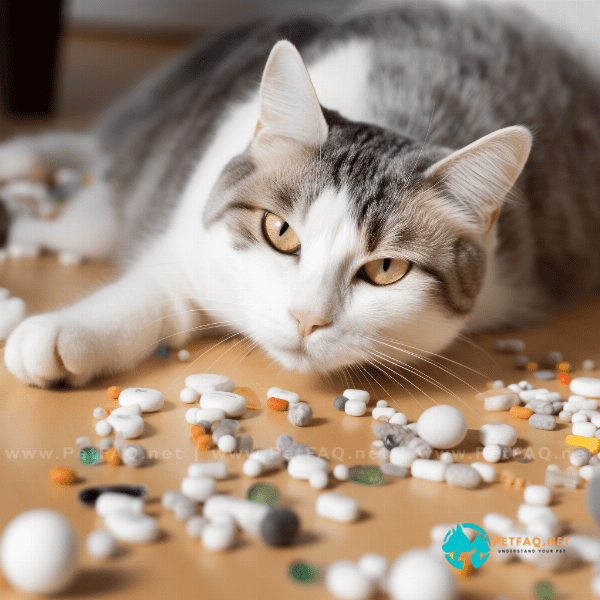
Alternative Treats and Toys for Your Feline Friend
High-Protein Treats
Many cats enjoy treats that are high in protein, such as freeze-dried chicken or salmon. These treats can provide a similar sensory experience to catnip by stimulating your cat’s sense of taste and smell. Additionally, high-protein treats can provide important nutrients and support your cat’s overall health and well-being.
Interactive Toys
Interactive toys can provide a similar sensory experience to catnip by stimulating your cat’s hunting instincts. Toys such as feather wands or interactive puzzles can provide mental and physical stimulation for your feline friend, which can be beneficial for their overall health and well-being.
Cat Grass
If your cat enjoys chewing on plants, cat grass can be a safe and healthy alternative to catnip. Cat grass is a type of grass that is safe for cats to eat, and it can provide important nutrients such as fiber and vitamins. Additionally, cat grass can provide a sensory experience for your cat by stimulating their sense of taste and smell.
Ultimately, it’s important to understand your cat’s unique personality and preferences and provide them with toys and treats that suit their individual needs. By offering a variety of alternative treats and toys, you can ensure that your feline friend is happy, healthy, and entertained.
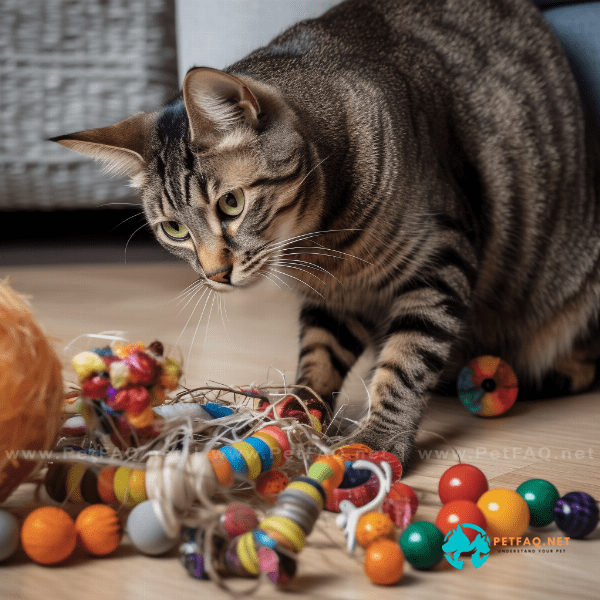
Conclusion: Understanding Your Cat’s Relationship with Catnip
Catnip can be a fun and stimulating treat for your feline friend, but it’s important to understand the potential risks and use it safely. In this article, we’ve explored the effects of catnip on cats, the potential risks of overexposure, and alternative treats and toys that can provide similar sensory experiences.
Understanding Your Cat’s Preferences
As with any treat or toy, it’s important to understand your cat’s individual preferences and personality. While some cats may enjoy catnip, others may not respond to it at all. By observing your cat’s behavior and preferences, you can provide them with toys and treats that suit their individual needs.
Exploring Alternative Treats and Toys
If you’re concerned about the potential risks of catnip or your cat simply does not respond to it, there are plenty of alternative treats and toys that you can offer your feline friend. High-protein treats, interactive toys, and cat grass can provide similar sensory experiences without the potential risks of catnip.
By understanding your cat’s relationship with catnip and providing them with safe and stimulating toys and treats, you can ensure that your feline friend is happy, healthy, and entertained.
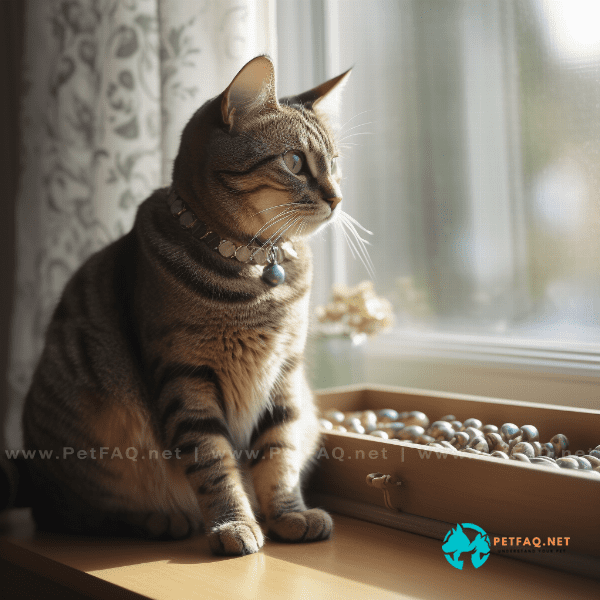
Frequently Asked Questions (FAQs) about do cats eat catnip:
1. How often should I give my cat catnip to eat?2. Can cats overdose on catnip if they eat too much?
3. Does catnip have any health benefits for cats?
4. Can eating catnip help to calm an anxious cat?
5. Why do some cats love catnip?

